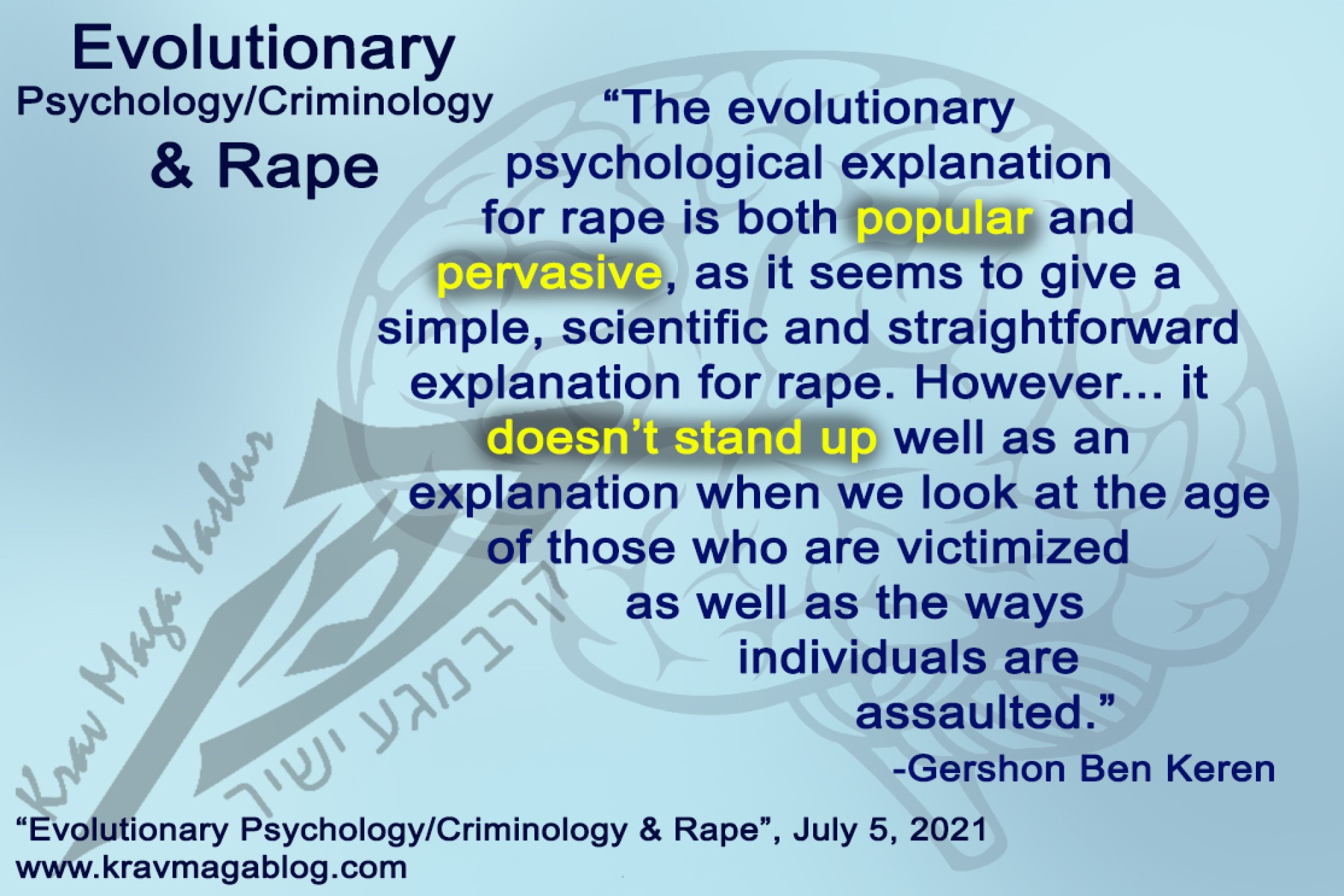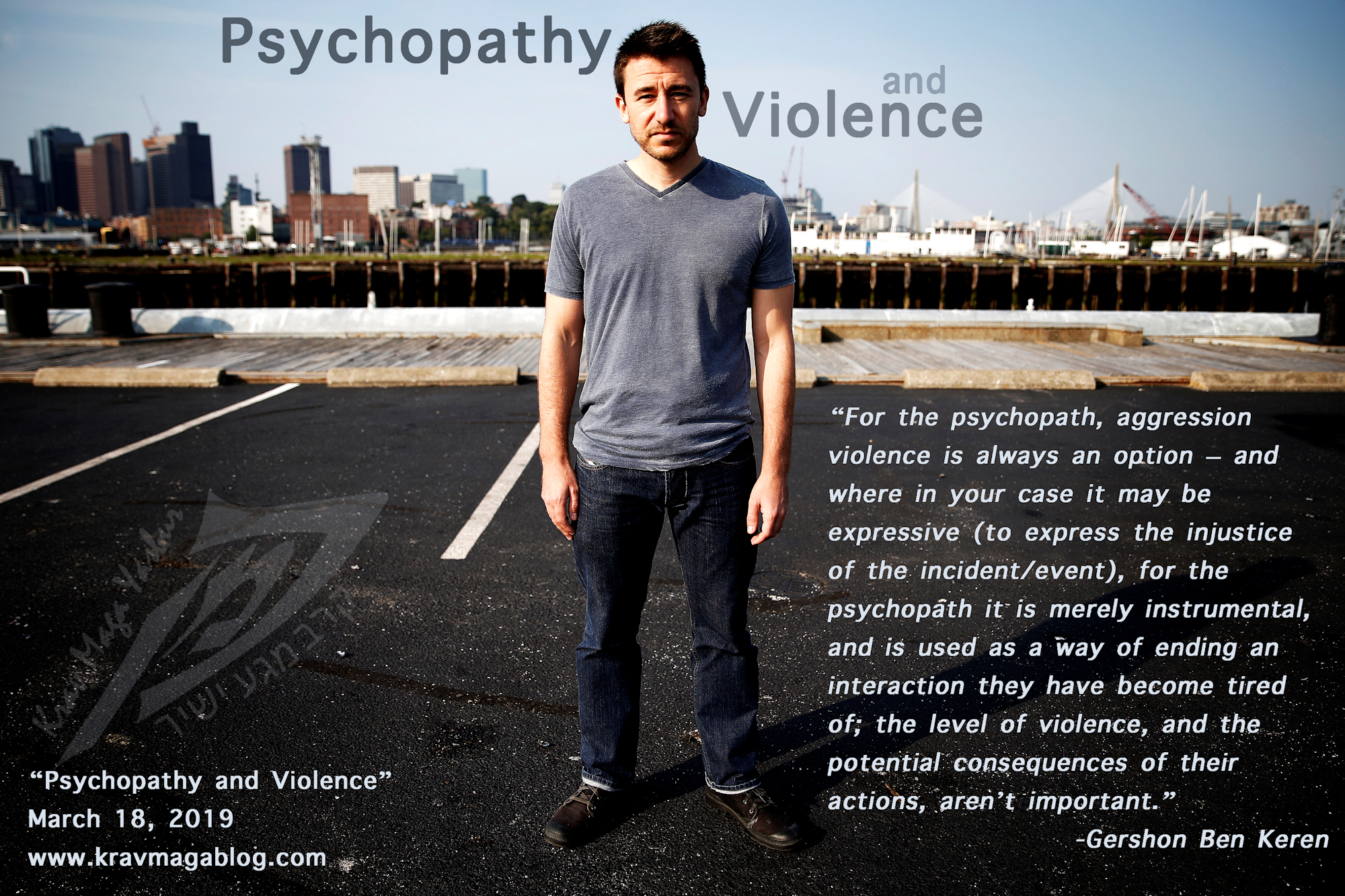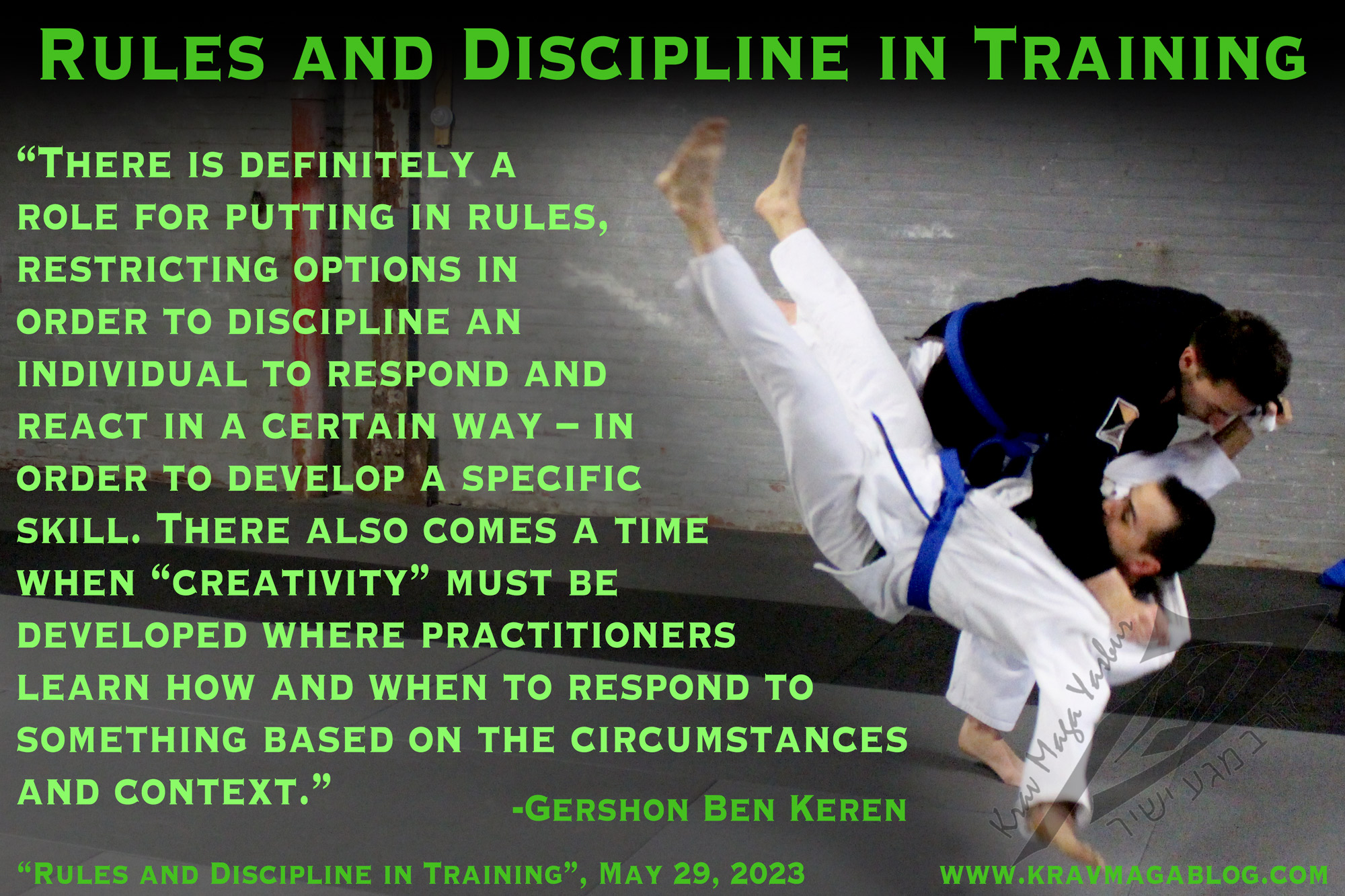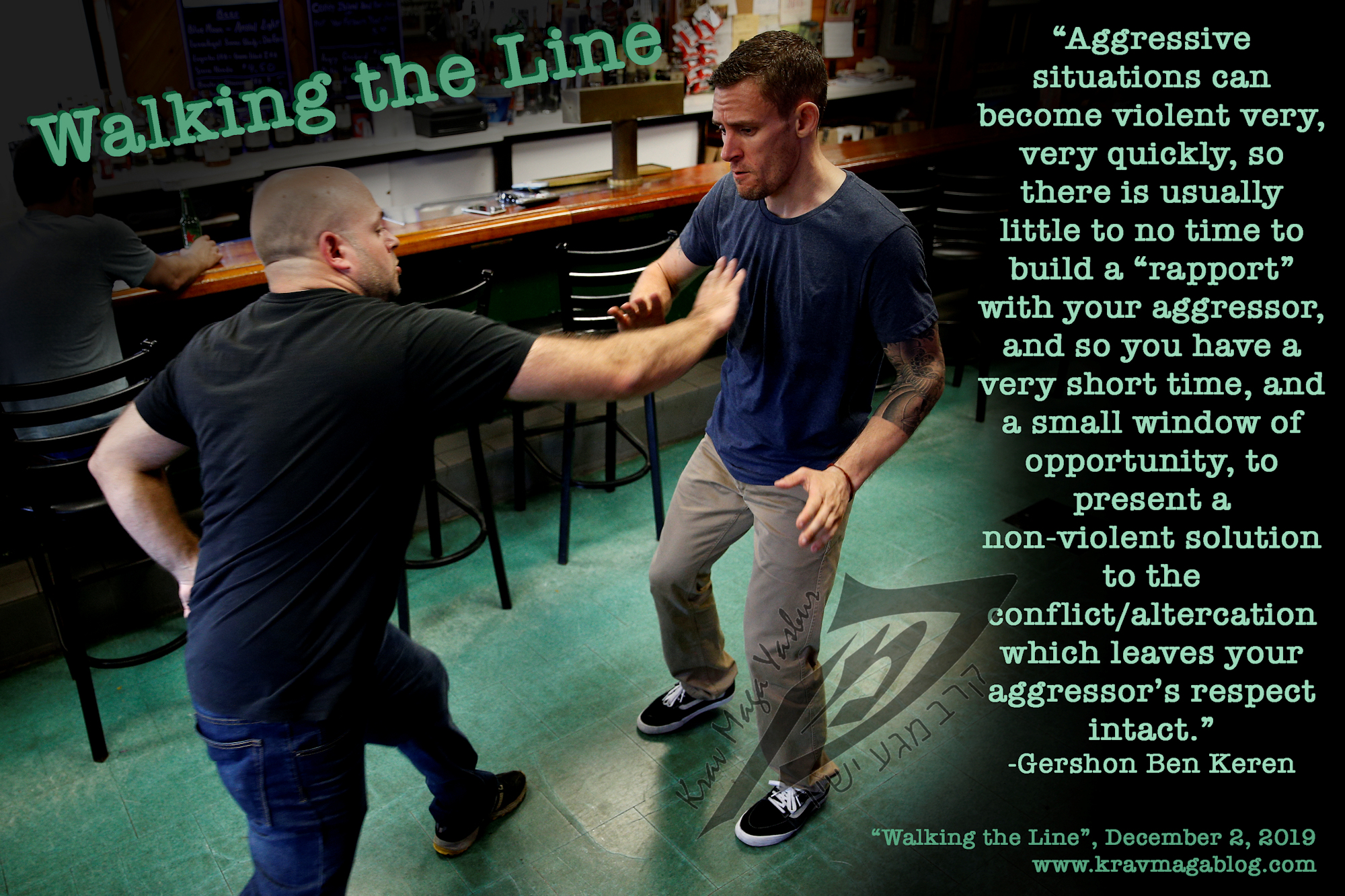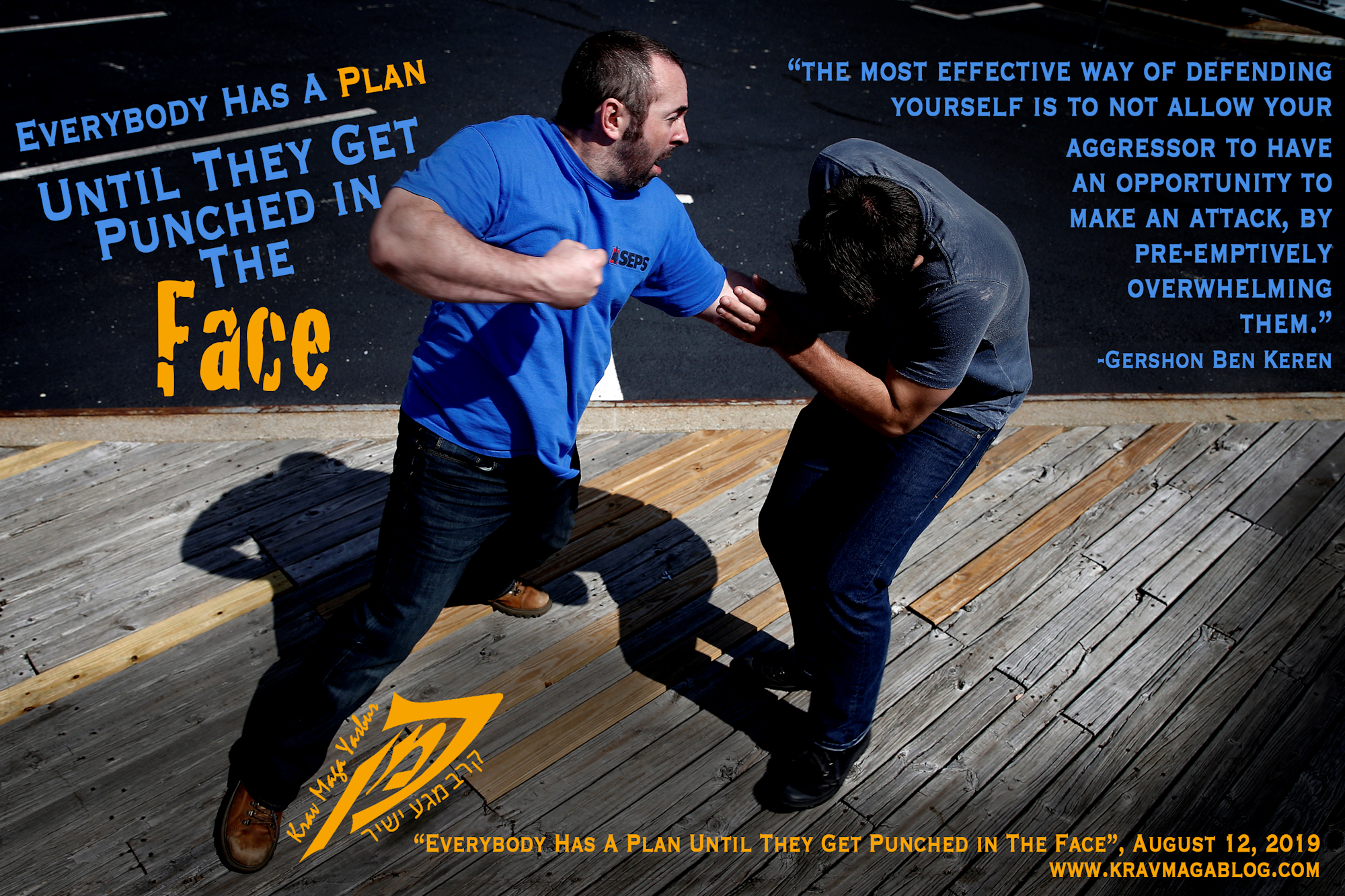Nice Truck Attack, is an article written by Gershon Ben Keren, a 5th Degree Black Belt in Krav Maga, who teaches Krav Maga in Boston, MA. He has also authored three Amazon best-Selling Books on Krav Maga.
Although we don’t yet know the motives and reasons behind last night’s attack in Nice, France (where a lorry was driven for 2 kilometers along the town’s promenade, killing at least 84), whether it was an act of “Leaderless Jihad” (both IS and AQ have talked about using vehicles to kill), a hate crime, an act of revenge upon the town due to a personal dispute, etc. there are lessons to be learnt, concerning the type of future we can expect concerning mass killings and violence directed towards groups. Violence rarely stands still, and criminals/terrorists are adept at educating themselves to be more effective and efficient in their killings, and to find new targets that they may previously overlooked. In this blog article, I want to discuss two concepts, “Victim Displacement”, and “Target Hardening”.
Victim/Target Displacement, is a depressing concept/idea, but one that accurately reflects reality. It proposes that there will always be a certain level of violence, that targets individuals/groups, and that it’s not possible to prevent it, only redirect it. An example of this would be, a mugger who is looking for victims in a particular location; there will be some individuals that they ignore, and others that they select. Those that they don’t target, have the potential violence that may have been directed towards them, redirected towards the more suitable/attractive victims. Theoretically, the mugger still seeks the same number of victims, it’s just that some of that violence is displaced from some individuals, towards others – when we teach personal safety and self-protection, we are not trying to reduce the total number of muggings in our locale, rather we are teaching people, to not be selected as victims; we are Target Hardening them, making them unattractive victims, compared to others. Unfortunately, according to the concept, somebody has to be a victim.
The same is true of acts of terrorism; somebody, something or some group will be targeted. Terrorists, don’t give up because things become too difficult for them – they may look for softer targets, and/or conduct more sophisticated attacks. It is probable that Bastille Day celebrations in Nice next year, will be subject to much more scrutiny by the security services, than they were this year, and in all likelihood, roads will be closed/blockaded to prevent another attack of this nature. Nice, beginning today, will start to harden itself as a target, so that it doesn’t become the target for another mass killing. This is not to say it should have or even could have predicted that such an event would occur, rather that the natural response when you have been targeted, is to make sure it doesn’t happen again. This also happens on an individual basis; I think all self-defense instructors have had individuals start training in response to an incident of violence, such as a mugging, or a bar fight, etc. that they were involved in i.e. they want to target harden themselves so this doesn’t happen again, and if it does, they will know how to deal with it.
Victim/Target displacement and Target Hardening, can be clearly seen/demonstrated in the 2016, March bombings at Brussels Airport. Most airports, have tightened security up to a level where it is difficult for a passenger to get a bomb on to a plane, they have also made it extremely difficult for individuals to get firearms and/or explosives into the departure lounge – these locations/areas have been target-hardened. The one area where security isn’t as tight, is in and around the departure hall. Violence, which may have traditionally targeted an airplane in flight, has been displaced to a softer target i.e. the departure lounge. In response to the Nice truck attack, security agencies around the world have said that they will be stepping up, and tightening the security, at events where there will be large crowds. If they are effective at doing this, then the violence that would normally be targeted at these events, will be displaced towards softer and easier targets. These terrorist acts may also become less sophisticated, which means the number of incidents may increase (how much training is required to hire a truck, and drive it along a road packed with pedestrians?), and with this so does the possibility that we as individuals may find ourselves having to deal with an act of terror – something which, at the moment, we may think of as being remote. My intention is not to scare-monger, but explain, that as security in one are increases, violence becomes displaced, and moves to easier/softer targets.
The less sophisticated the attack/threat, the less training it requires to execute. The less protected an asset is, the more vulnerable it is to a threat. This combination, means that the risk of being involved in an act of terrorism increases; what was once beyond our imagining is now a distinct possibility, and we should be prepared for it. We cannot rely on the security services to identify and predict every potential terrorist, we cannot rely on law enforcement, etc. to always be on hand – we may be safer at public events in light of the events in Nice, but in our day-to-day lives, we may also be exposed to more risk, because of this. It would be wrong to conclude that because the security services are stepping up their game, increasing their vigilance, and putting more precautions in place that we are actually any safer; in fact the opposite may be true – more “lone wolves” may be inspired to conduct copycat attacks against softer targets, etc. I am not suggesting that more security is a bad thing, rather that we shouldn’t breathe a sigh of relief and believe that because of it, we as individuals are now safer. Terrorist violence has to be directed somewhere, and it will be displaced (and is being displaced) to softer and softer targets, which means it’s coming closer and closer to us as individuals. What should our response be? Education and training in prediction, prevention and identification.
0 COMMENTS